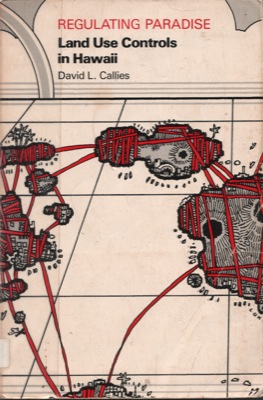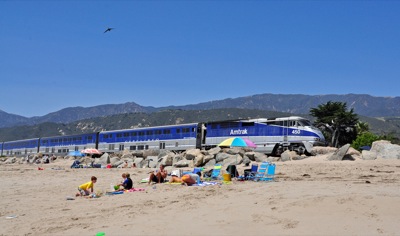Wikipedia defines crony capitalism as an “allegedly capitalist economy in which success in business depends on close relationships between businesspeople and government officials.” Crony capitalism has sadly played an important role in state and, especially, local government for just about ever. But Hawaii suffers from a particularly strong case.
Hawaii’s history of crony capitalism dates back at least to the mid-1950s. Before then, the future state was run by an oligarchy consisting of the Big Five land-owning companies and a sixth company that was mainly involved in construction. The oligarchy ran the political, economic, and social system of the entire territory in a system that would be considered more feudal than crony capitalistic. Nearly all of the private land in the islands was owned by one of these companies or a relative handful of other families, companies, or trusts, leaving only about 3 percent of the state available for fee simple ownership by ordinary residents.
That began to change in 1954, when reform-oriented Democrats, bolstered by the votes of children of immigrant workers from Japan, China, and the Philippines, took control of the legislature for the first time in the territory’s history. Among other things, the Democrats promised land reform so that more land and opportunities would be available to the average person.









